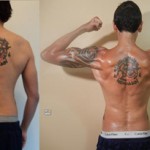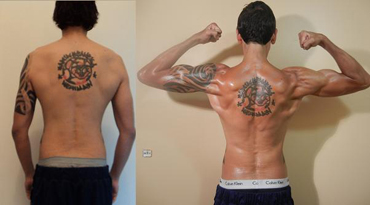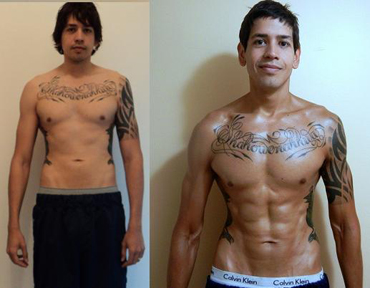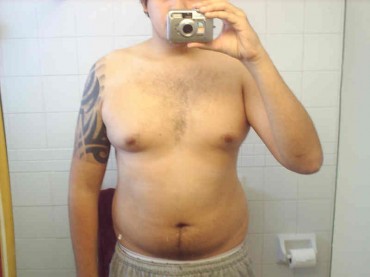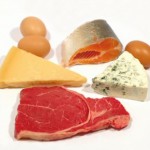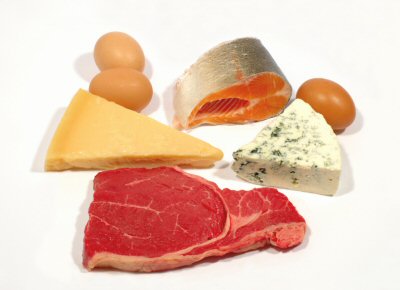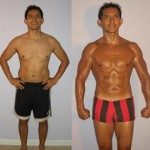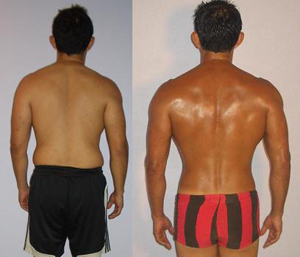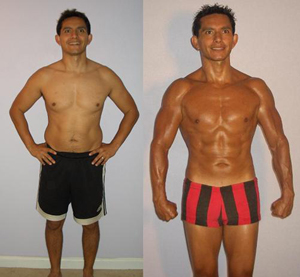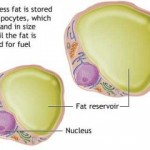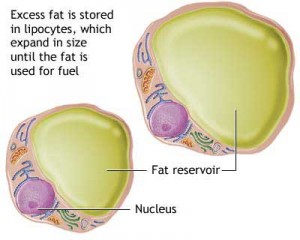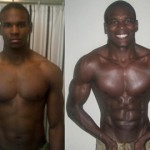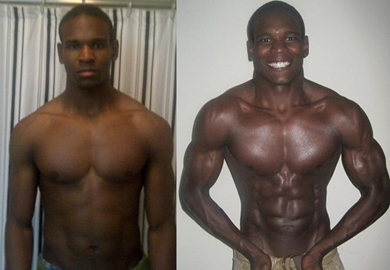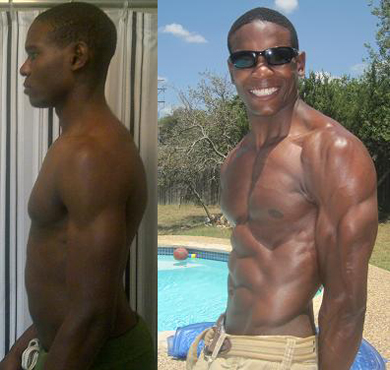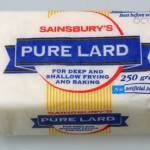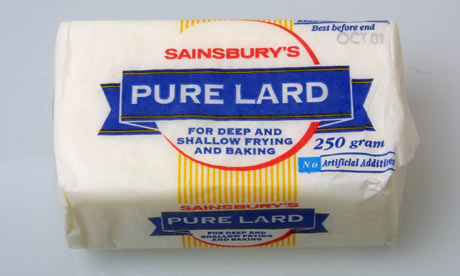Brad Greyeyes Brant has a very interesting name, but what is even more interesting than his name is the fact that he placed 4th in the Adonis Index Contest specifically in the transformation category.
He went from being lean to being ripped, just take a look:
When Brant first got interested in getting his physique handled he was 260 pounds. Even though he is 6’5”, 26o pounds is a lot. At this point even taking stairs was starting to be an issue. Just take a look at how Brant looked at this weight several years ago.
After looking at himself in a mirror Brant decided to get in shape. And he started as most guys would, he found some muscle building and fat loss programs designed by a bodybuilder, he signed up for them and followed it for about six months.
He was doing about an hour of cardio each morning seven times a week. He was training at specific times of the day, if the program said go to the gym at 5 p.m., he would go at 5 p.m.
He was timing his meals to the minute, always made sure he ate every three hours no matter where he was or what he was doing.
Even though his wife was very supportive, this approach was incredibly inflexible. Could you imagine not being able to eat your birthday cake? Or have a Christmas dinner with your family? This is exactly what he did.
Brant is the type of guy who is all out or nothing at all. He though that his approach was a sign of dedication, but in reality what it really was, was an obsession.
He Found Out He Can Enjoy His Life & Look Good at the Same Time
After a while Brant came across Brad Pilon’s blog and once he read what Brad eats during his day he was completely confused. Because Brad is in exceptional shape and he eats like an average person (some would even say like a kid), brownies, pizza and pasta are regular foods in his meal plan. In his schedule there was nothing about eating every three hours, having protein with each meal or preparing his meals upfront. Brad was just saying that he is enjoying his food and that the only thing he aims for is to limit the amount of calories to keep lean.
On his blog he noticed the workout Pilon was doing and he decided to give it a try. He bought the Adonis Index Workout and started following it.
Brant never wanted to look like a huge bodybuilder, so the Adonis Index philosophy of building a proportioned body with lean waist and visible six pack abs was something he was interested to build for himself.
He gave the workouts a shot and after seeing the results never looked back
It’s all about what you truly want. Is it a really good looking body or do you want to be strong and focus on performance? What do you really want?
Brant has chosen the look and even though he made this choice ironically he is stronger than ever.
However, you still need to know what you are after. Most guys really want to just look good, strength and performance is secondary but many guys cannot separate the two ideas.
If you have the same problem with getting over the goal of becoming stronger, you need to understand something. Strength is relative and specific to only those exercises you do on regular basis. For example you can get really good at incline dumbbell press, but completely suck on regular barbell bench press. Another example, Brant’s dad is incredibly strong, because he is used to doing physical work, however he can’t do a pull-up. On the other hand Brant is not as strong as his dad overall, but pull-ups are not an issue for him. Strength is relative.
And if you are not a competitive power lifter then there is no point in aiming for strength for it’s own sake. Set the goal of improving your physique and the strength will come along with it.
Brant’s Tips to Get Contest Ripped
Brant placed 4h in the contest and that is an incredible accomplishment and requires a big amount of effort. Let’s take a look at what it is that Brad did that was different from other contestants.
Because in the past he was obsessed with fitness and over complicating things, he took a very simplistic and flexible approach this time. From a diet stand point he followed the Anything Goes Diet and decided to just guess the amount of calories he eats and keep it really simple.
He calculated that his BMR (Basal Metabolic Rate) is about 2500 calories, so he has a budget of 2500 x7 calories per week.
The way he was guessing his calorie intake was that he calculated things in 500 calorie chunks. This way he is not obsessed with counting calories and still knows what he puts in his mouth and never overeats. This approach seems to work quite well for people with high BMR’s (however if your BMR is 1600, you might need to adjust it to a smaller chunks).
Brant usually eats whatever he wants during the weekend and just creates a deficit during the week. If he happened to eat a little bit more, he would notice it in the mirror.
Today Brant is leaner than ever, he is in the best shape of his life and with significantly less time invested in fitness than before. He can eat what he is served when he visits his father in law who is Italian and makes delicious meals. He can enjoy birthday parties and doesn’t have to sneak away on Christmas to eat his protein rich, “clean” meal.
He doesn’t do any cardio, and his workouts are focused on building muscles.
He also stopped caring about what other people think in the gym about him and the weights he lifts. This is a very important aspect of your training, in order to really train properly you need to focus on yourself and let go of your ego.
Brant went from being called skinny to getting compliments on his shape. Suddenly he is confident wearing fit clothes and can look great and feel great as well.
Body weight is also no longer an issue.
The only thing he cares about now is how he looks in a mirror.
Here is the take home message from Brad:
- Keep it simple as long as it is working
- Do what you want to do, as long as you are happy with your results keep doing it
- Weigh yourself before and after, not during the contest, get to learn your body, you will see whether you are moving forward or not, the scale can mess you up and can tell a different story than the mirror or your clothes
- In order to build muscle, you need to train really hard
- The quickest way to lose fat is to eat below your BMR
- Getting and staying in shape is a lifestyle and it doesn’t have to be complicated
- Your body measurements are much more important than your body weight, especially if you are very tall or short
- In order to get great results you need to enjoy the process of getting in shape, so find your way to do so
- The path will be as difficult as you make it
- You can grab a slice of pizza instead of steamed vegetables even now and then, it won’t mess you up as long as you account for the calories
Listen to the interview here:
Podcast: Play in new window | Download
